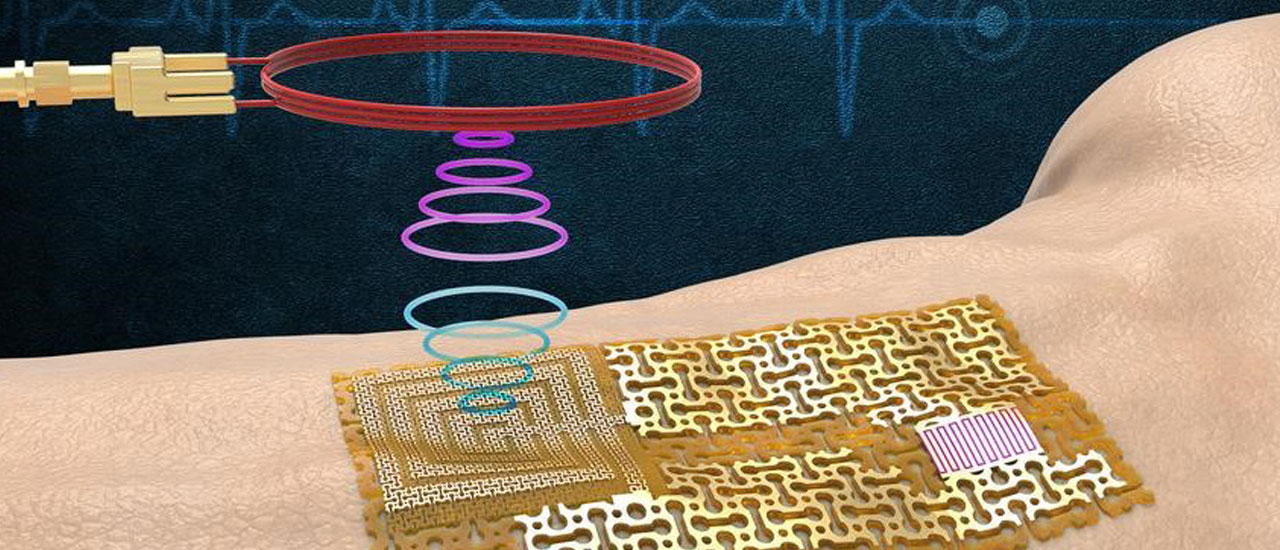Wireless technology has revolutionised wearable sensors, allow- ing seamless transmission of vital signs like glucose levels, blood pressure, heart rate, and activity levels to smartphones for analy- sis. Traditionally reliant on embedded Bluetooth chips and batteries, these sensors are evolving to smaller, flexible forms for the next generation.
MIT engineers have introduced a groundbreaking wearable sensor show- cased in the journal Science, eliminating the need for onboard chips or batteries. Termed an electronic skin or "e-skin," this flexible, semiconducting film adheres to the skin, leveraging gallium nitride's piezoelectric properties to both sense and wirelessly communicate.
By producing ultrathin, high-quality gallium nitride films paired with a conductive gold layer, the team created a sensor that responds to mechan- ical strain and electrical impulses, essentially converting vibrations into electrical signals. These signals, wirelessly transmitted to a nearby receiver, allow monitoring of vital signals like heartbeat and sweat composition.
The researchers utilised this sensor to detect heartbeat and sodium levels, showcasing its sensitivity in response to surface acoustic waves on the skin. Additionally, by incorporating an ion-sensing membrane, the device successfully monitored changing sodium levels in sweat.
This breakthrough paves the way for chip-free wireless sensors that could monitor various biomarkers, offering versatility by swapping sens- ing membranes to detect different compounds like glucose or stress-relat- ed cortisol. The device's applications extend to diverse health monitoring needs, making it a versatile platform for future medical advancements.
Notably, the potential for continuous and non-invasive monitoring is immense, allowing users to track their health in real-time without bulky components. The sensor's thinness, about 100 times thinner than a human hair, and its wireless capabilities offer a glimpse into the future of wearable health technology, promising a revolution in remote healthcare monitoring and diagnostics.








